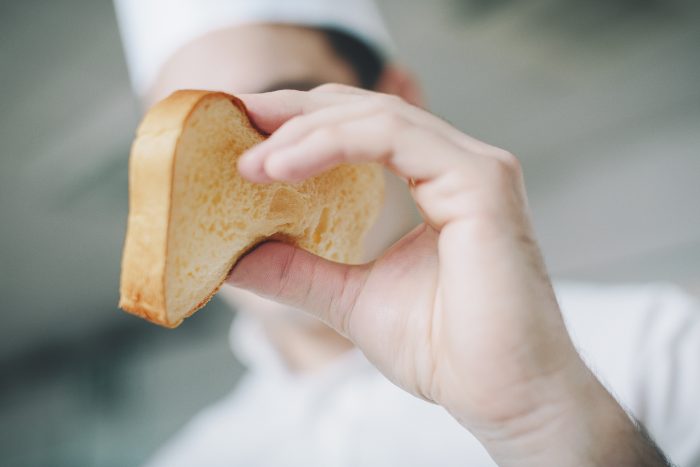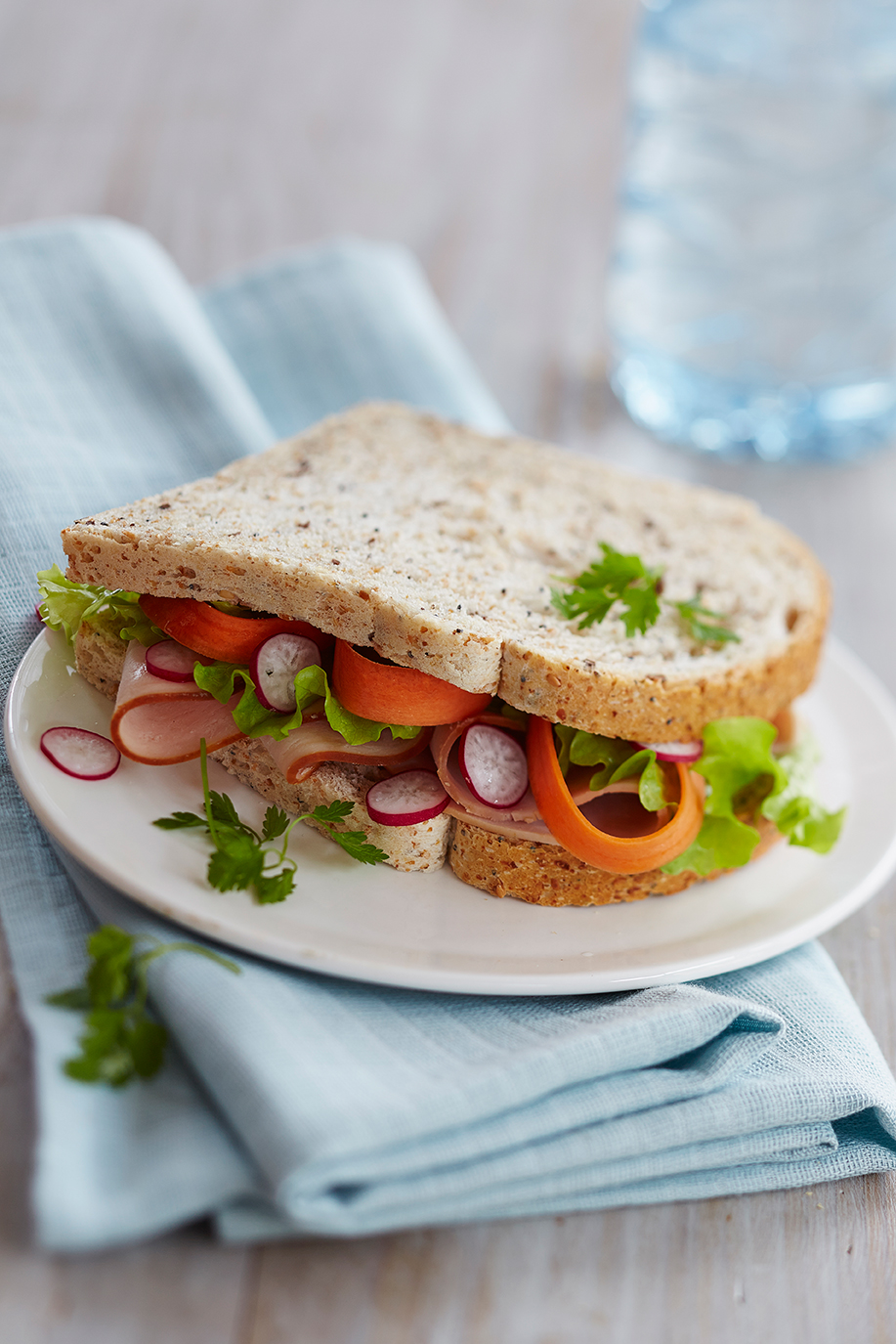How to Improve and Maintain Softness in Bakery Goods
Softness in breadmaking is a complex notion, for which there is no single definition or measurement criterion. Several components of texture help to indirectly define softness: suppleness, tenderness, doughiness, elasticity, and more.
The ingredients and type of breadmaking process used play a key role in developing optimum softness, however, softness may be improved by adding functional ingredients or sourdoughs, which also help to delay staling.
Adding enzymes
Different types of enzymes will have a slowing effect on the staling phenomenon due to their action on the matrix components during the breadmaking process.
- Amylases promote a softer crumb: the main functional enzymes are the amylases, which act on starch during baking by breaking the amylopectin chains in a controlled manner, or more randomly, producing smaller molecules known as dextrins.The result is that the re-crystallisation of amylopectin is limited. The crumb remains supple and hardens noticeably less. Furthermore, dextrins help to reduce water activity. Amylases must, however, be chosen carefully to ensure they do not end up denatured before they have a chance to act. In fact, the inactivation temperatures of these enzymes vary depending upon their type and origin, whether fungal or cereal.
- Proteases promote a less elastic crumb: whether of bacterial or fungal origin, proteases playa key role in promoting softness in bread through their action on gluten. By breaking the peptide bonds, they weaken the gluten network and promote a less elastic, less resistant crumb. They must be handed with caution, as they continue to act throughout the process until baking brings about their denaturation. The key is to choose a purified and highly specific protease (one capable of breaking only a few peptide bonds).
- Lipases minimise starch retrogradation: when hydrolysing triglycerides, lipases release mono- and diglycerides capable of creating complexes with other matrix constituents (gluten and/or amylose) and of minimising starch retrogradation.
- Xylanases promote a softer crumb and improved loaf volume: these specific enzymes are capable of breaking down the flour pentosans (soluble or insoluble polysaccharides) to form strong bonds with gluten and thus help to build a strong gluten network. The use of targeted xylanases thus helps to optimise the rigidity of that network and the volume of the loaf, thereby producing a more supple crumb.
Adding emulsifiers
Emulsifiers are fat derivatives capable of stabilising a mixture of two non-miscible constituents.
In breadmaking, they promote bonding between the dough constituents and improve their stability, leading ultimately to a softer crumb.
Some emulsifiers, such as monoglycerides, form complexes with amylose, inhibiting their re-crystallisation and thus minimising the hardening of the crumb.
Other emulsifiers play an indirect role by promoting interactions between proteins and starch, which will help give a finer, more aerated crumb.


Other ingredients improving bread softness
- Hydrocolloids(thickeners, stabilisers, gelling agents, etc.), these are macromolecules capable of fixing a large amount of water and thus helping to improve the sensation of a fresh crumb. They also help to prevent the migrations of water, thus delaying the staling of the crumb.
- Humectants, such as glycerol or sorbitol, these have a similar effect and as such improve the shelf life of bakery goods.
While all the above-mentioned ingredients can be used individually, they are often used in combination to provide the required solution. The shelf life of certain bakery goods can sometimes therefore exceed three weeks with no adverse effect on softness.
Our Baking Center™ technicians can advise on ingredients suited to your recipes and processes – just contact us.

